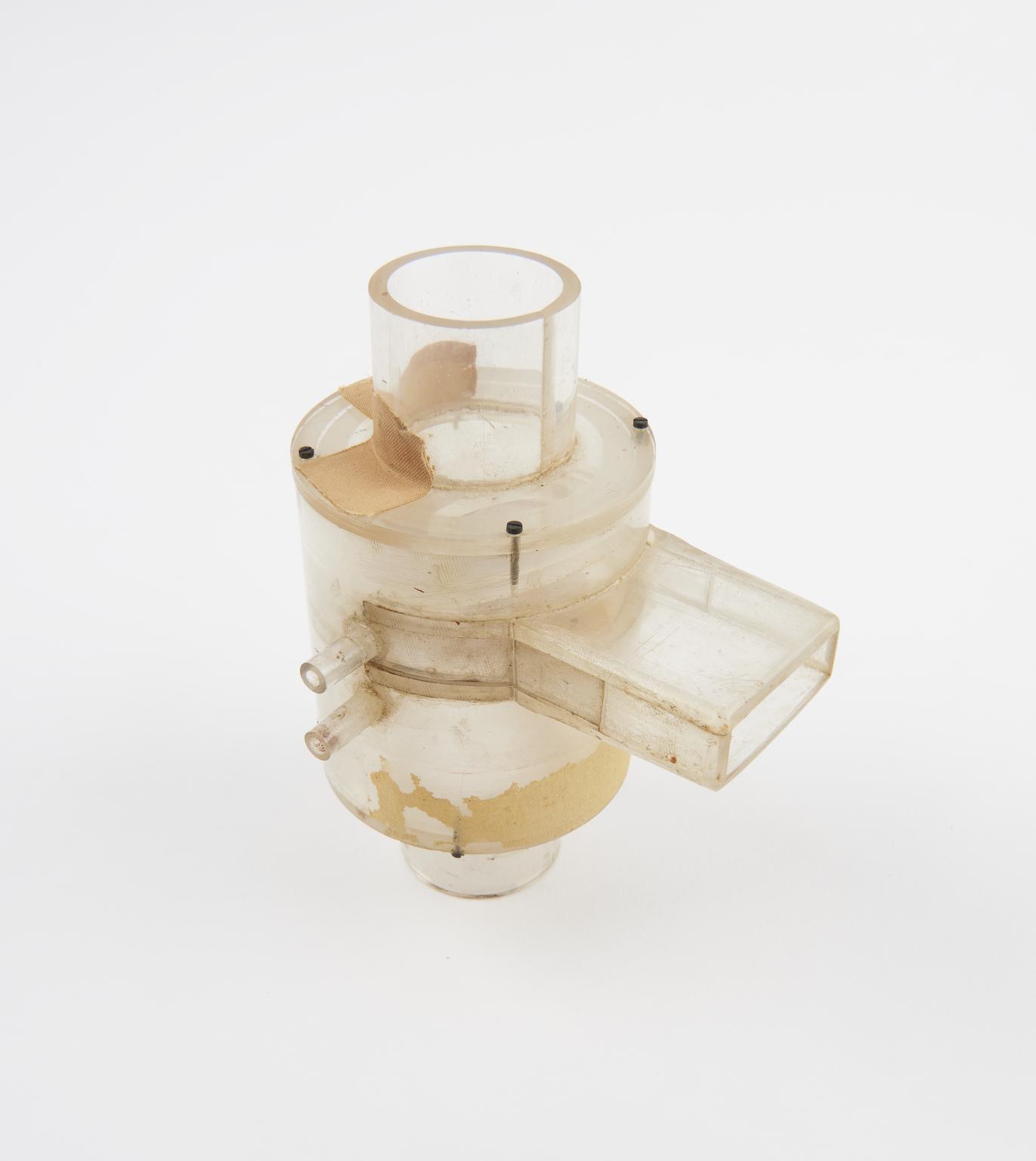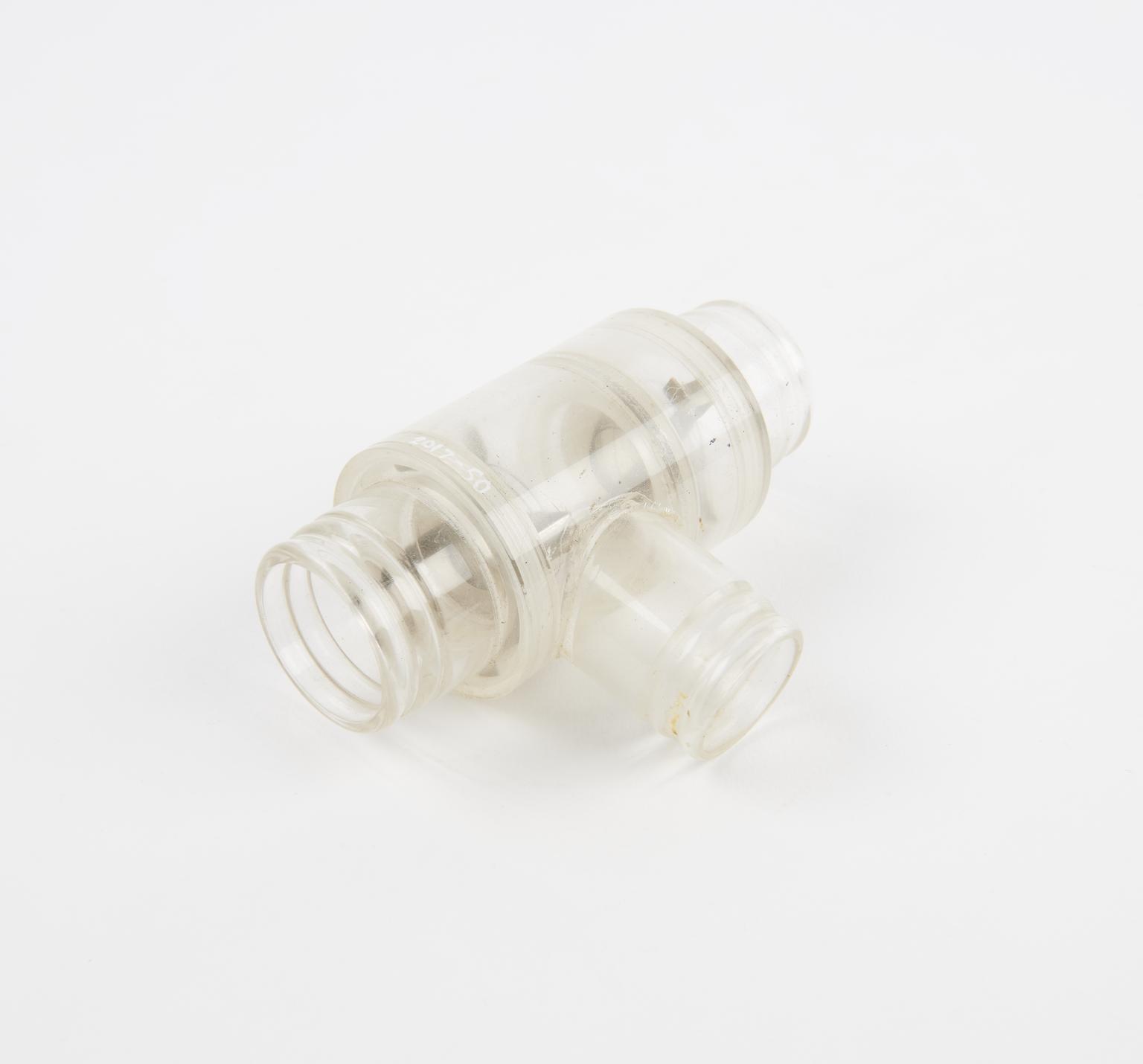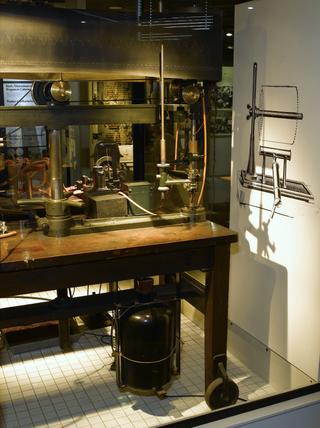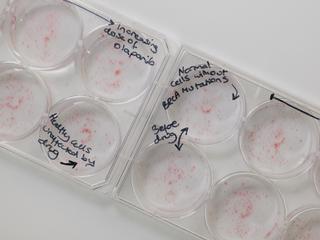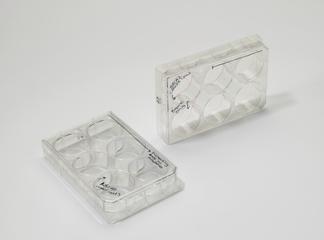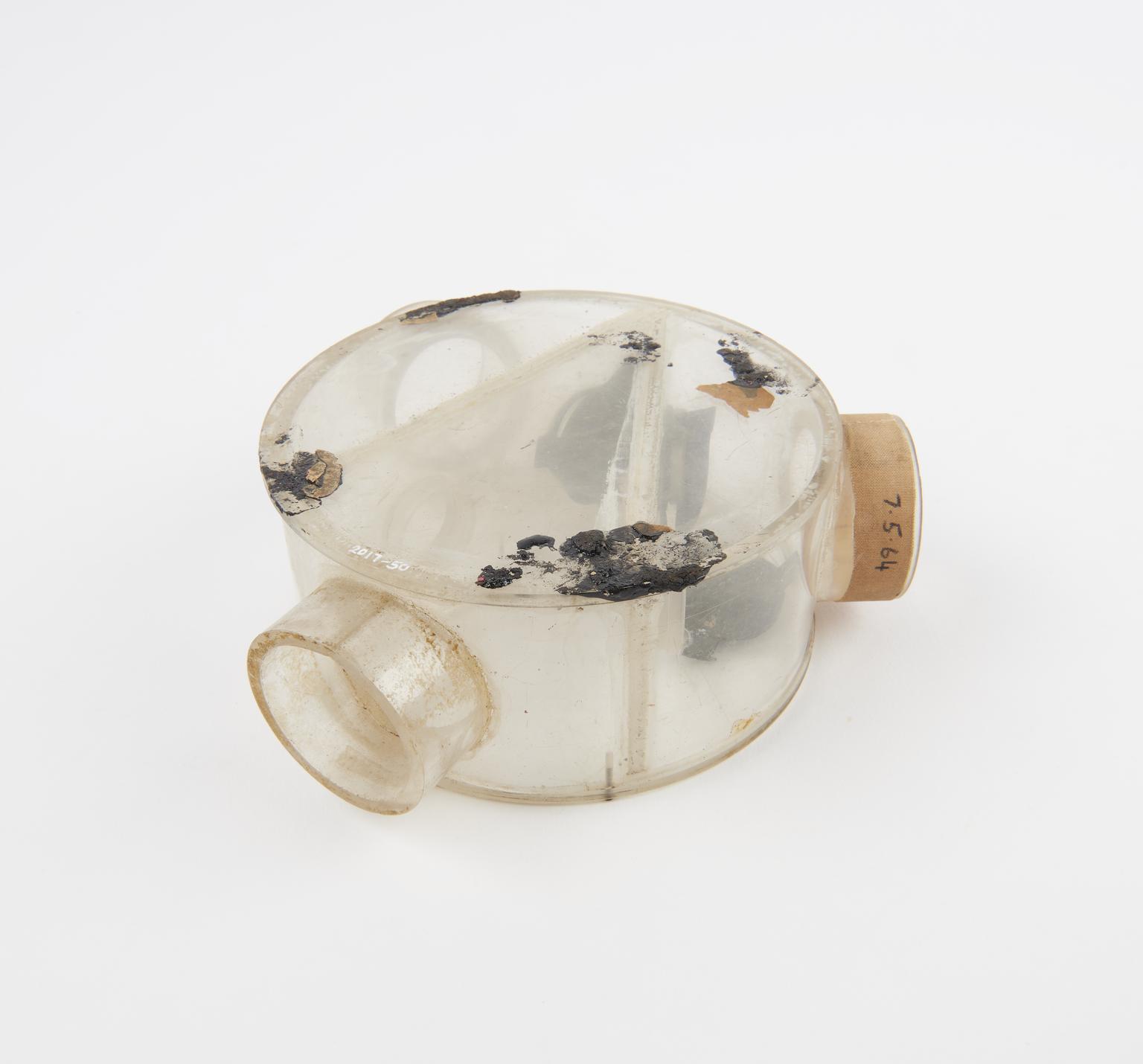
Gas meter used on 1953 Mount Everest expedition
Gas meter, used with low resistance respirators to measure air from climbers during the 1953 Everest expedition, used by Dr Griffith Pugh to provide physiological data for and during the Mount Everest expedition of 1953, United Kingdom, 1952-3.
More
What does it take to climb Everest, the world’s tallest mountain? As altitude increases atmospheric pressure decreases. This means that there is less oxygen available – at the summit of Everest atmospheric pressure is about one third of the pressure at sea level. Equipment like this was used by Dr Griffith Pugh to measure the air climbers were breathing out to research the effects of altitude and acclimatisation.
The use and benefit of supplementary oxygen when climbing Everest had been the subject of much debate in the pre-war Everest expeditions. All had taken supplementary oxygen and some climbers had found some benefit from it, but the equipment was heavy and bulky which limited its effectiveness. Pugh found that a much higher flow rate was needed than had been used previously. He recommended that climbers at high altitude doing heavy work should have oxygen at a flow rate of 4l per minute compared to the rate of around 2l per minute used previously. Using 4l per minute meant that the supplementary oxygen could offset the weight of the oxygen equipment and provide an additional benefit to the climber. Low levels of oxygen in the blood have serious consequences for not only the physical health of climbers, but also their decision making and critical thinking skills. It’s notable that following Pugh’s oxygen recommendations, Edmund Hillary and Tenzing Norgay were able to make complex decisions even at higher altitudes than ever experienced before.
By the 1950s, there had been several attempts to summit Everest and some climbers had got very close, but none had made it. The pioneering research of Dr Griffith Pugh was a key factor in the success of Edmund Hillary and Tenzing Norgay’s climb in 1953. Pugh’s background made him uniquely suited to this work. He was a practising doctor, but also a world class skier. He was selected to represent Great Britain in skiing at the 1936 Winter Olympics, but he was unable to attend due to injury. He also trained soldiers at the School of Mountain Warfare in Lebanon during the Second World War. It was here that Pugh began to research the impact of high altitude and extreme conditions on the body, leading to his work on Everest. Pugh took part in the expedition to Everest in 1953 and the preparatory expedition in the Himalayas in 1952, believing that laboratory research could not accurately recreate the experience of being in these extreme environments. His work established principles about acclimatising to altitude, food and water consumption during climbs, and oxygen usage that continued to be used by climbers for decades.
- Measurements:
-
overall: 143 mm x 143 mm x 56 mm,
- Materials:
- plastic (unidentified) and metal (unknown)
- Object Number:
- 2017-50/1
- type:
- gas meter
- Image ©
- The Board of Trustees of the Science Museum




